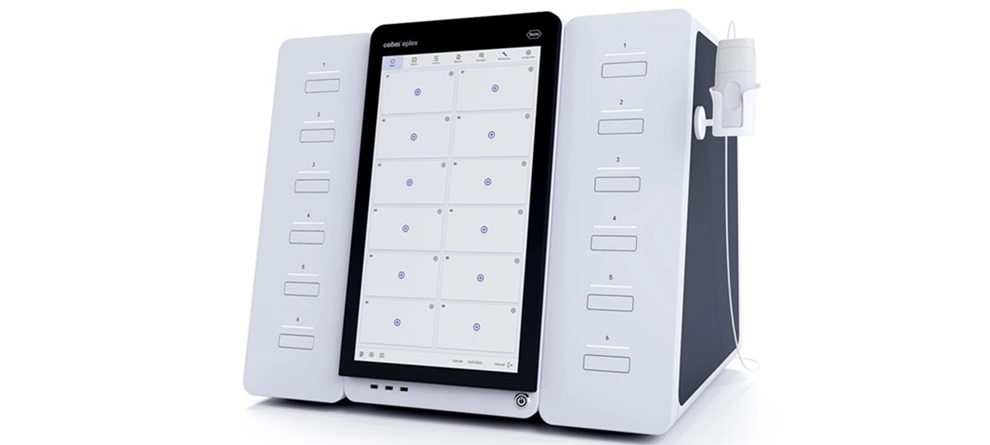Recent Indian Swine Flu Isolates Display Mutations for Increased Virulence
By LabMedica International staff writers
Posted on 23 Mar 2015
Newly generated data regarding the H1N1 strain of swine flu that has killed more than 1,200 since December 2014 suggests that the virus has acquired mutations that make it more dangerous than previously circulating strains of H1N1 influenza.Posted on 23 Mar 2015
Investigators at the Massachusetts Institute of Technology (Cambridge) compared the genetic sequences of two Indian swine flu strains that recently had been deposited into publicly available influenza databases to the strain of H1N1 that emerged in 2009 and killed more than 18,000 people worldwide between 2009 and 2012.
![Image: Colorized transmission electron micrograph (TEM) showing H1N1 influenza virus particles (Photo courtesy of the [US] National Institute of Allergy and Infectious Diseases). Image: Colorized transmission electron micrograph (TEM) showing H1N1 influenza virus particles (Photo courtesy of the [US] National Institute of Allergy and Infectious Diseases).](https://globetechcdn.com/mobile_labmedica/images/stories/articles/article_images/2015-03-22/GMS-083.jpg)
Image: Colorized transmission electron micrograph (TEM) showing H1N1 influenza virus particles (Photo courtesy of the [US] National Institute of Allergy and Infectious Diseases).
They found that that the recent Indian strains carried new mutations in the hemagglutinin protein (H1) that were known to be capable of increasing the virulence of the virus. One of the new mutations was in amino acid position D225, which had been linked with increased disease severity. Another mutation, in the T200A position, allowed hemagglutinin to bind more strongly to glycan receptors, making the virus more infectious.
These findings apparently contradict previous reports from Indian health officials that the strain had not diverged from the 2009 H1N1 version.
“We are really caught between a rock and a hard place, with little information and a lot of misinformation,” said senior author Dr. Ram Sasisekharan, professor of biological engineering at the Massachusetts Institute of Technology. “When you do real-time surveillance, get organized, and deposit these sequences, then you can come up with a better strategy to respond to the virus. The point we are trying to make is that there is a real need for aggressive surveillance to ensure that the anxiety and hysteria are brought down and people are able to focus on what they really need to worry about. We need to understand the pathology and the severity, rather than simply relying on anecdotal information. The goal is to get a clearer picture of the strains that are circulating and therefore anticipate the right kind of a vaccine strategy for 2016.”
The report was published in the March 11, 2015, issue of the journal Cell Host & Microbe.
Related Links:
Massachusetts Institute of Technology













